A Self-priming pump was inherently designed to allow the pump to re-prime itself typically under lift conditions. It can clear its passages of air if it becomes air bound and resume delivery of the pumpage without requiring outside attention. A self-priming pump will lift fluid from a level below the pump and is capable of evacuating air from the pump suction line without any external auxiliary devices.
Flexachem’s Pump Specialist, Phil Soltan recently wrote an article on ‘The prime of life’ – a look at self-priming pumps which was published on the Engineers Ireland Journal website. The article mainly covered the centrifugal self-primer but did make reference to other types. To view the full article – keep reading…
“The commonly found centrifugal self-primers have a built-in reservoir in the pump casing, giving it a ‘boxy’ appearance.
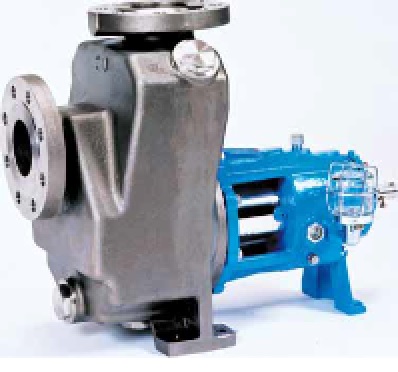
Self-priming pumps are generally used for emptying sumps and, as such, solid particles would frequently be encountered, so the pump impeller and seal must be suitable for handling these. A semi-open impeller or one with generous passageways for passing the solids will be required. Likewise, the seal chamber should have a means of modifying the fluid flow path in this area and keeping the solids away from the intricate seal parts and faces.
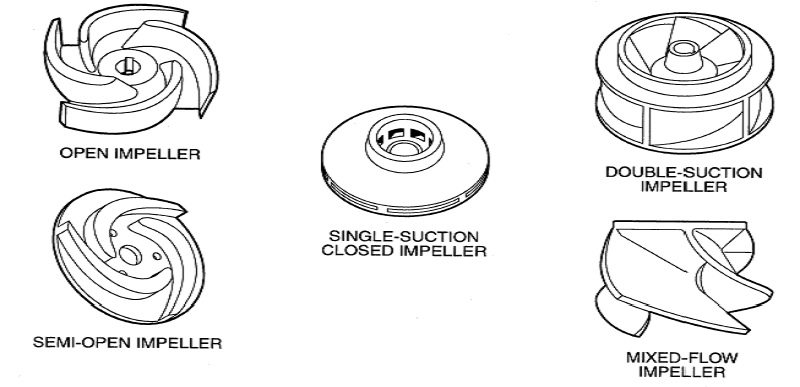
When designing an installation intended for self-priming pumps, there are some basic rules which must be followed to avoid a costly disappointment!
- Generally, centrifugal self-primers can lift water about six metres (higher for lighter fluids, less for more dense fluids).
Ensure that the priming line is kept as short as possible between the free surface of the liquid and the suction nozzle of the pump in order to keep priming time reasonable. Remember that the priming time is a function of the suction piping volume. Ensure correct submergence to avoid vortexing/ingress of air which will reduce pump performance drastically.
- Check that there is sufficient NPSH (net positive suction head) available.
You may have to decrease the static lift, lower the fluid temperature or change the suction pipe size to satisfy the NPSH required by the pump and allow for a safety margin. You may have to play around with the size of the suction pipe in order that NPSH available is acceptable as well as keeping priming time low. An oversize suction pipe may contain too much volume!
- The suction line should slope towards the pump suction so that there is no possibility of air pockets which will impeded priming. No long horizontal runs!
- In addition, if the discharge line is not open ended i.e. no possibility of any back pressure, an air bleed line immediately after the pump discharge nozzle must be installed.
This enables the air from the suction line to be easily evacuated (the pump is not a compressor!). It must be open to atmosphere in order to work, and usually spills back to the sump.
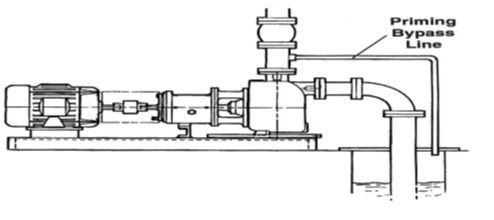
The sequence of operation during the priming cycle is shown below.
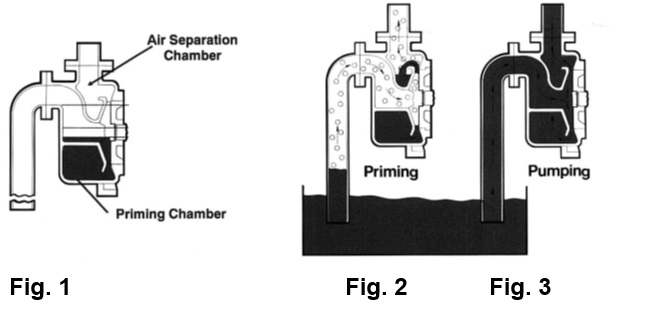
The integral priming chamber ensures that adequate liquid is retained so that priming can be repeated.
Phil concluded the article by highlighting other pump types which can self-prime; side-channel pump (lifts up to 10m, but limited solids handling ability), air operated diaphragm pump (wet lift c5.5m, dry 2.5m) & peristaltic (hose) pumps, which can lift up to 9.5m.
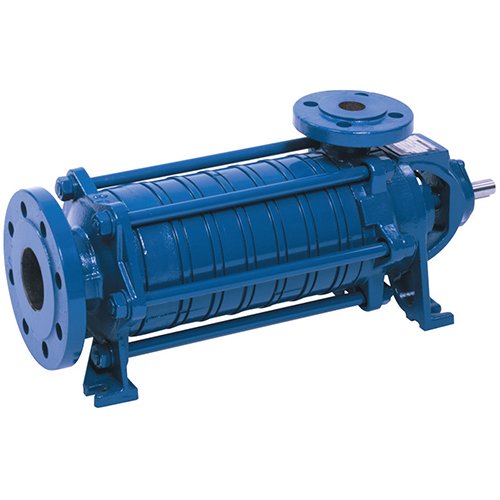
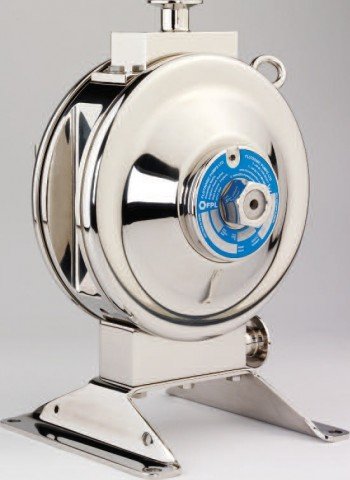
https://www.flexachem.com/industrial-pumps/positive-displacement-pump/diaphragm-pump/
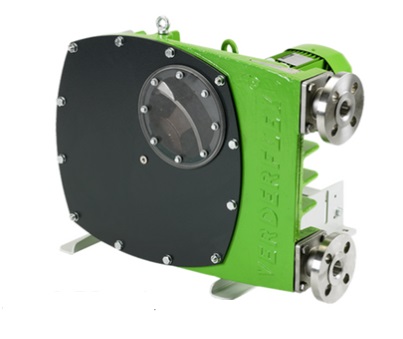
To read the full article written by author Phil Soltan, Flexachem for the Engineers Ireland Journal – click here; https://www.engineersireland.ie/Engineers-Journal/More/Sponsored/the-prime-of-life-a-look-at-self-priming-pumps
Need help with a particular self priming pump on site? or simply looking for a pump replacement – why not call our pump specialist team.
Contact our Pump Specialist Team:
Phil Soltan (External) – mob: 086 185 3782
Internal Team
Adrian McSweeney – Tel: 021 461 7212
Paul-Fox Morris – Tel: 021 461 7231
Una Long – Tel: 021 461 7200
Tel: 021 4617 200
There is a related article, on what is a sump pump? is available to view here:
